Art and technology have always been intertwined, but the recent surge in artificial intelligence (AI) is redefining this relationship. From generating stunning visual masterpieces to augmenting human creativity, AI is not only enhancing traditional art forms, but also creating entirely new ones. This digital renaissance is a fascinating journey, where pixels and algorithms meet brushes and canvases, producing art that is both innovative and controversial.
The Intersection of Art and Algorithms
Artificial intelligence is breaking barriers in the art world, bringing forth unprecedented possibilities. One of the most significant advancements is the use of AI to create art autonomously. This technology allows for the creation of pieces that are not only unique but also reflective of the diverse influences the AI has been trained on. This blend of creativity and computation is pushing the boundaries of what we consider art and who we consider artists.
A perfect example of this phenomenon is the rise of the ai art generator, a tool that leverages neural networks to produce art. These generators are capable of mimicking styles ranging from classical paintings to contemporary digital art. The AI’s ability to learn and replicate artistic techniques has sparked debates about originality and authorship. While some purists argue that AI-generated art lacks the human touch, others see it as a new frontier that democratizes creativity, allowing anyone to create art with just a few clicks.
AI as a Collaborative Partner
Beyond generating standalone artworks, AI is becoming a vital partner in the creative process for many artists. By automating tedious tasks such as color correction and image enhancement, these tools allow artists to focus more on the conceptual aspects of their work. This partnership between human and machine creativity is fostering a new kind of artistic synergy, where AI acts as an extension of the artist’s own abilities.

Furthermore, AI is also being used to preserve and restore art. Machine learning algorithms can analyze damaged artworks and predict their original state with remarkable accuracy. This technology is not only helping to save masterpieces that might otherwise be lost to time but also providing insights into the techniques and materials used by artists of the past.
The Future of Art in the Age of AI
As AI continues to evolve, its impact on the art world is likely to grow even more profound. We are on the cusp of a new era where interactive and immersive art experiences become the norm. Imagine visiting a gallery where the paintings change and adapt based on your emotions, or participating in a virtual reality exhibition where the art is generated in real-time by an AI responding to your movements.
Moreover, AI is also reshaping the business side of the art world. Blockchain technology and AI are being combined to create digital certificates of authenticity, ensuring the provenance and integrity of digital artworks. This innovation is addressing one of the significant challenges in the digital art market—verifying the originality of pieces.

